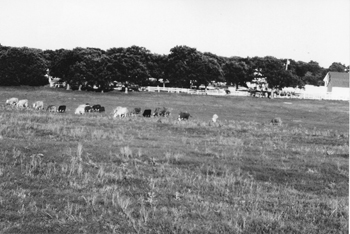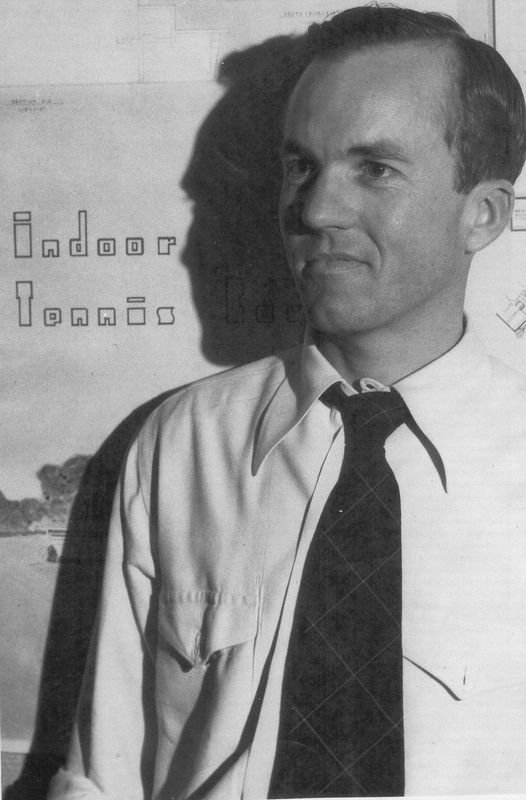If Southlake had to pick a father, it might be Clovis Monroe Gordon – C.M. to his family and friends. In August 1956, his wife Barbara recalls, he came home with important news: Hurst was working to annex unincorporated areas, including theirs.
The Gordons phoned neighbors, and within days enough signatures had been collected on a petition asking for a vote on incorporation of a new town. To set up the vote, paperwork had to be hand-carried to Austin. The proposed incorporation papers included the words “All of us live here because we like it.”
On Sept. 25, 1956, a vote was held at the local school, the 1919 Carroll School at Carroll and 114. It passed, with 30 for and 24 against (some people didn’t think Hurst would annex). At first, the town measured only 1.62 square miles, with about 200 residents. A. Gail Eubanks was elected the first mayor. (Mayor Eubanks’ daughter came up with the name Southlake; see DID YOU KNOW on the home page.)
Colleyville and Westlake also incorporated in 1956.
By 1956, recreational opportunities at the lake and the chance to live in the country attracted new residents. When the airport was built in the 1970s, many pilots and their families moved in.
As the area prospered, city services were added and the schools grew. The Dragon football team won its first district championship in 1965.
A Home Rule Charter passed in 1987 allowing Southlake to each year annex land equal to 10 percent of its size. In 1988, the city signed an interlocal agreement with the Trinity River Authority that allowed for municipal sanitary sewer. Fort Worth was lined up to provide water.
With infrastructure coming into place, Southlake was poised for change.
“We had a blank canvas,” remembered Gary Fickes, who was elected to the city council in 1985 and served as mayor from 1989-1996. (He and others familiar with Southlake over the years appeared at a 2006 SPIN forum on city history; the video appears in the Photo & Video Gallery. A DVD of the presentation can be found at the Southlake Library.)
“The council and the community had an opportunity to paint it the way they thought best,” he said. Solana had set the tone for quality, and many projects brought to the city for approval were turned down. Because land costs were rising, more expensive homes were being built.
READ MORE ABOUT HOW SOUTHLAKE BECAME SOUTHLAKE
READ ABOUT THE BEER JOINTS, RACE TRACK AND OTHER BUSINESSES AROUND TOWN IN YEARS PAST
Until the 1990s, what the Dallas Morning News described as “a camp of trailers, shacks and trash piles known as Shantytown” was located where Bob Jones Park is now. On an oak tree next to a baseball diamond you can still see decades-old chain marks that indicate where slaughtered hogs were hung.
In the 1990s, more subdivisions began to appear. Timarron, built in the ‘90s, was the first true master-planned subdivision in Southlake. Through it all, the mayor and City Council kept the city-planning reins tight.
Sources include
Barbara Gordon, wife of the late C.M. Gordon
Southlake Historical Society archives
2006 SPIN forum on Southlake history
“Few who eulogized Grapevine’s ‘Toy Man’ knew of his dark past” by Avi Selk, Dallas Morning News, Feb. 17, 2010


